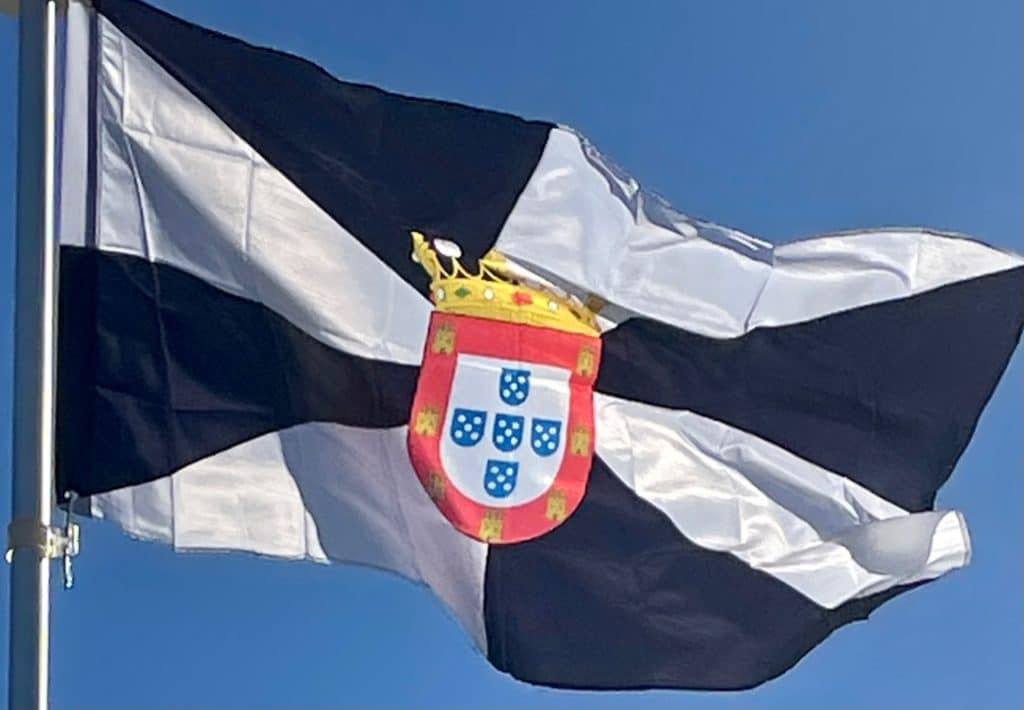When Spain recognized the independence of Spanish Morocco in 1956, Ceuta and the other plazas de soberanía remained under Spanish rule. Spain considered them integral parts of the Spanish state, but Morocco has disputed this point.
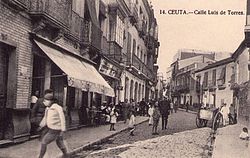
Culturally, modern Ceuta is part of the Spanish region of Andalusia. It was attached to the province of Cádiz until 1925, the Spanish coast being only 20 km (12.5 miles) away. It is a cosmopolitan city, with a large ethnic Arab-Berber Muslim minority as well as Sephardic Jewish and Hindu minorities.
On 5 November 2007, King Juan Carlos I visited the city, sparking great enthusiasm from the local population and protests from the Moroccan government. It was the first time a Spanish head of state had visited Ceuta in 80 years.
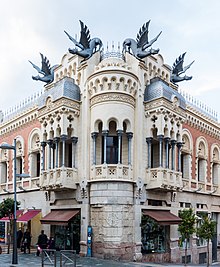
Since 2010, Ceuta (and Melilla) have declared the Muslim holiday of Eid al-Adha, or Feast of the Sacrifice, an official public holiday. It is the first time a non-Christian religious festival has been officially celebrated in Spain since the Reconquista.
Geography:
Ceuta is separated by 17 km (11 mi) from the province of Cádiz on the Spanish mainland by the Strait of Gibraltar and it shares a 6.4 km (4 mi) land border with M’diq-Fnideq Prefecture in the Kingdom of Morocco.
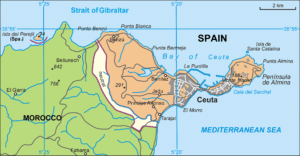
It has an area of 18.5 km2 (7 sq mi; 4,571 acres). It is dominated by Monte Anyera, a hill along its western frontier with Morocco, which is guarded by a Spanish military fort. Monte Hacho on the Peninsula of Almina overlooking the port is one of the possible locations of the southern pillar of the Pillars of Hercules of Greek legend (the other possibility being Jebel Musa).
Economy:
The official currency of Ceuta is the euro. It is part of a special low tax zone in Spain. Ceuta is one of two Spanish port cities on the northern shore of Africa, along with Melilla. They are historically military strongholds, free ports, oil ports, and also fishing ports. Today the economy of the city depends heavily on its port (now in expansion) and its industrial and retail centers. Lidl, Decathlon and El Corte Inglés have branches in Ceuta. There is also a casino.
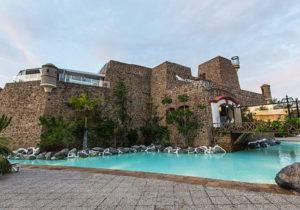
Border trade between Ceuta and Morocco is active because of advantage of tax-free status. Thousands of Moroccan women are involved in the cross-border porter trade daily, as porteadoras. The Moroccan dirham is used in such trade, even though prices are marked in euros.
Transportation:
The city’s Port of Ceuta receives high numbers of ferries each day from Algeciras in Andalusia in the south of Spain.
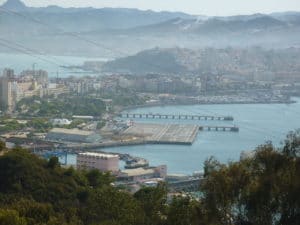
Ceuta Heliport is now used to connect the city to mainland Spain by air. The closest airport is Sania Ramel Airport in Morocco.
A single road border checkpoint to the south of Ceuta near Fnideq allows for cars and pedestrians to travel between Morocco and Ceuta. An additional border crossing for pedestrians exists between Benzú and Belyounech on the northern coast. The rest of the border is closed and inaccessible.
There is a bus service throughout the city, and while it does not pass into neighboring Morocco, it services both frontier crossings.
Flag of Ceuta:
The flag of Ceuta is the flag of the Spanish city of Ceuta, consisting of a black and white gyronny with a central escutcheon displaying the municipal coat of arms. The civil flag omits the escutcheon.
